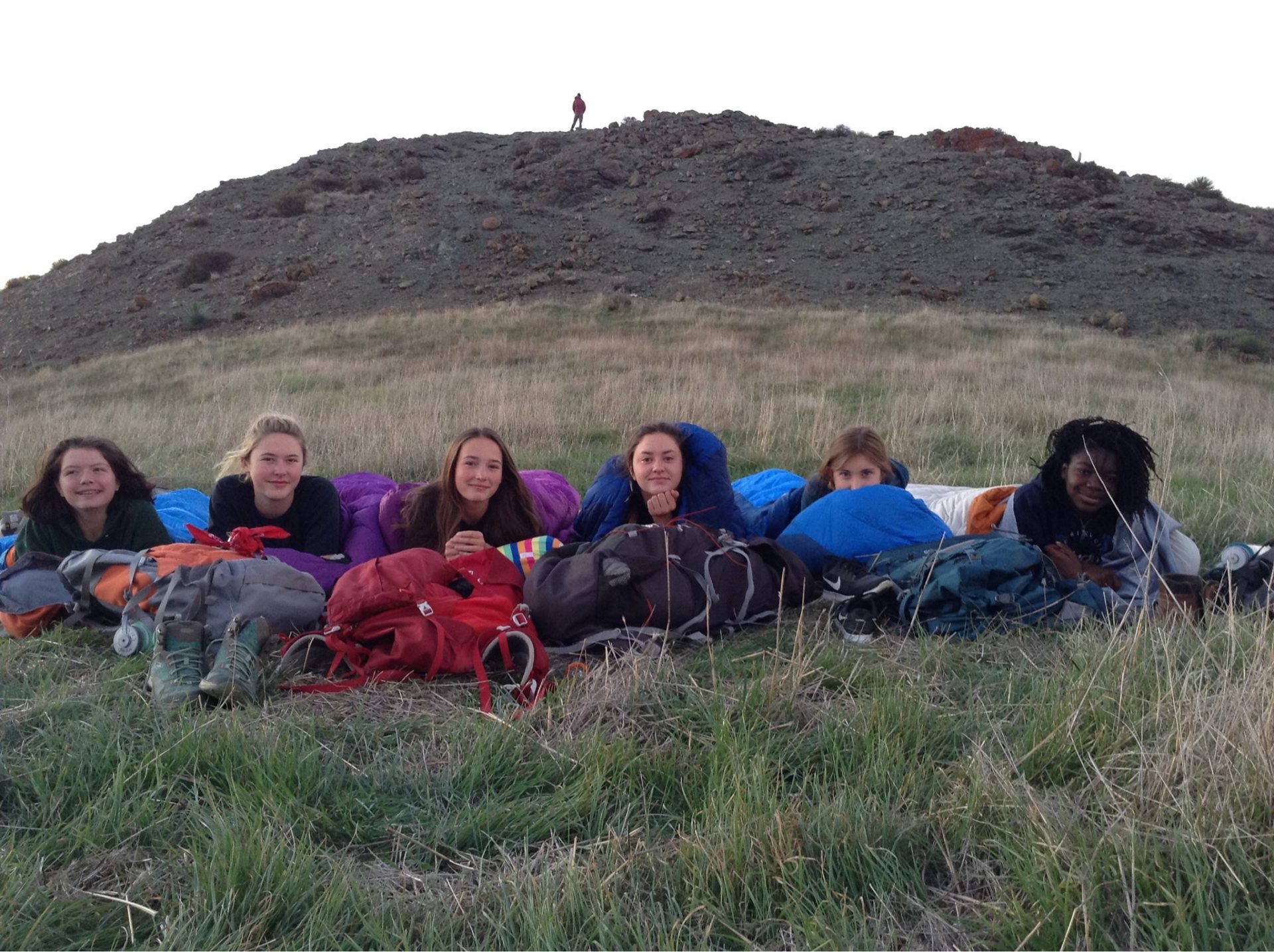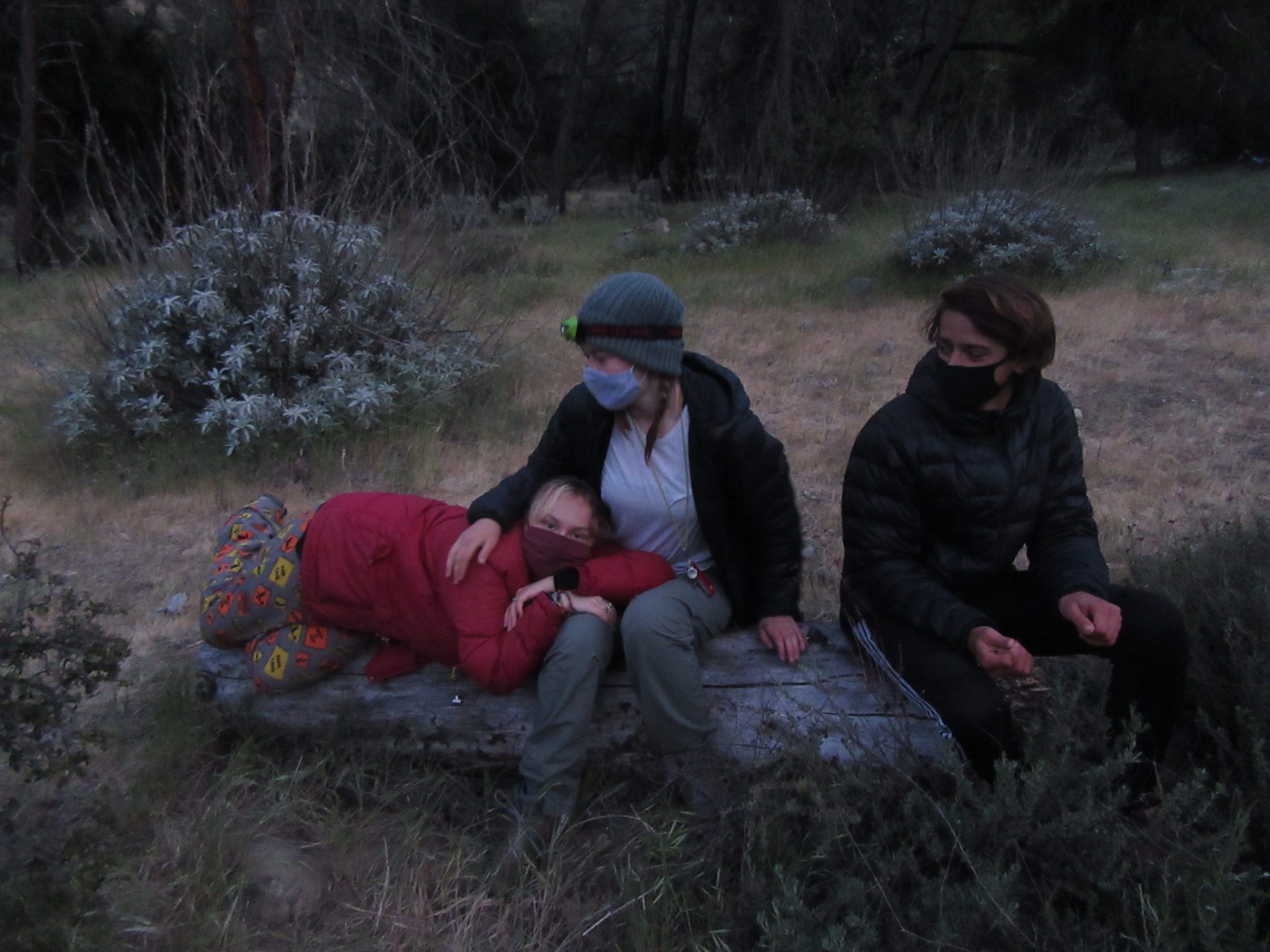Contact Information
-
MAILING : P.O. Box 8, Los Olivos, CA 93441
 Spring 2020
Spring 2020
To function our best, experts recommended 8 hours of sleep per day, and for teenagers 8 to 10 hours. For some, this is a welcome proposition. For others, the ability to get to sleep, the ability to stay asleep, or the mere thought of devoting this much time to the activity of sleeping, makes the recommendation a pipe dream.
Sleep, as noted by Midland School counselor, Tom Steffora, is one of the most important parts of our day. Sleep is a cornerstone of health. Time sleeping is when our immune system heals, our body manages environmental toxins, and our brain has a chance to repair itself following a long hard day of living life to its fullest.
The daily cycle between being awake and alert, to feeling sleepy, is known as our circadian rhythm. Our natural internal circadian rhythm is primarily influenced by light. Light hits the retina of our eye and eventually signals an area of our brain, our pineal gland, where serotonin synthesizes into melatonin. Melatonin is a naturally occurring hormone that increases with darkness, helping us to feel sleepy, fall asleep and stay asleep. With light, melatonin production goes down and cortisol production increases, a hormone that motivates and helps us focus. (Cortisol gets a bad rap, as too much cortisol is known as a stress hormone.) Our circadian rhythm is a balance between our melatonin and cortisol levels. And this rhythm gets offset by our habits, darn those habits.
To have a chance of living life to the fullest, here are a few tips to reset and balance our circadian rhythm:
The quality of sleep is more about how we manage the waking hours in a day than our sleeping hours. Dr. Mark Hyman, through his Sleep Master Class, teaches important habits to begin to build into daily rituals.
First thing in the morning, BEFORE you get on any social media, step outdoors, and, even better, watch the sunrise. Looking up into the sky, most of us will see some shade of blue. Let the natural blue light of the day into the retina of your eyes. This quality of light will signal melatonin production to reduce, and cortisol to increase, waking us up to the day. (This helps explain the influence of blue light from screens that keeps us awake.) Blue light wakes us up to the day! It turns on our neural chemistry to say “Hello, Good Morning, Let’s get going”.
At the end of your day, you want your retina to take in orange light. Start by placing your blue-light-emitting devices (screen devices) in bed. Then go out for an evening walk. Watch the sunset, often an orange light. Challenge yourself to put devices to bed two hours prior to when you plan to go to sleep. Soften the lights in your house, take in the sunset, and spend time relaxing. Avoid stimulating the cortisol stress hormone inside of your body. (Don’t call friends you easily argue with), read a book, relax, and take a walk. Make your bedroom a free-of-blue-light zone by turning off, or covering up all blue lights. Get your sleeping space as dark as you can.
Nature has already built in the means for us to have blue light to wake us in the morning and orange light to help us prepare for a good night’s sleep. Yeah to the wisdom of Nature! Humm, wonder what that symbiotic relationship is all about?
Work to have the largest meal of your day at least 3 hours prior to going to bed. Digestion takes a lot of energy. If our body is working to digest a large meal, and particularly a meal that is difficult to digest, like greasy foods, it keeps us “working” versus supporting us to rest. Late in the day, avoid caffeine products, such as monster drinks, coffee, green tea, and dark chocolate. The caffeine molecule is structurally similar to that of adenosine, a molecule that helps promote the feeling of drowsiness. Caffeine if ingested, binds to the adenosine receptor site, and promotes stimulation of the central nervous system. Forgo getting buzzed on caffeine prior to going to bed.
Prior to bed, you might take time “giving voice” to energies still gnawing away inside of you. “Dump” those thoughts, feelings, and emotions into a poem, music, painting, or journaling. Let those stressors land somewhere, through your creative process.
And as you prepare to sleep. Tom Steffora, talks about “setting a dream into intention.” Setting an intention with your dream, you may find insight and perhaps answers to a deeper meaning to questions or queries you may have. Tom shares the story of Thomas Edison holding ball bearings in his fist as he went to sleep in quest of insight, understanding, and solutions to his questions. This is known as riding theta brain waves.

Students wind down before bed on an expedition
Know that what you do in your waking life affects how you do in your sleeping life.
Wake up and step outside first thing in the morning, perhaps in time to watch the sunrise.
Watch how, and when you eat during your day, avoiding large meals late in the day.
Put your blue-light-emitting devices to bed.
Dump your stressors prior to settling down for the evening.
Darken your room.
Crawl into bed.
And I bid yourself a good night and sweet dreams.
By Janet Willie
Former Health Director
Continue exploring the Midland experience